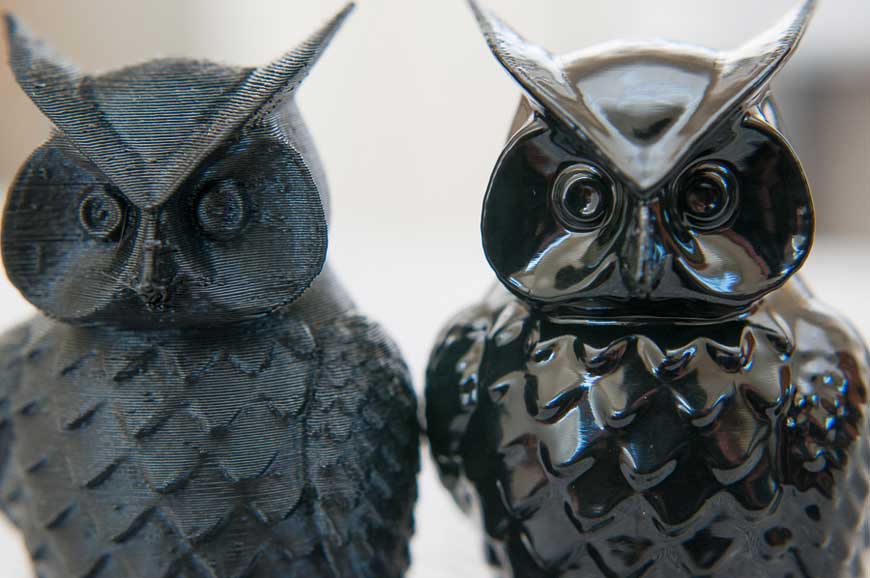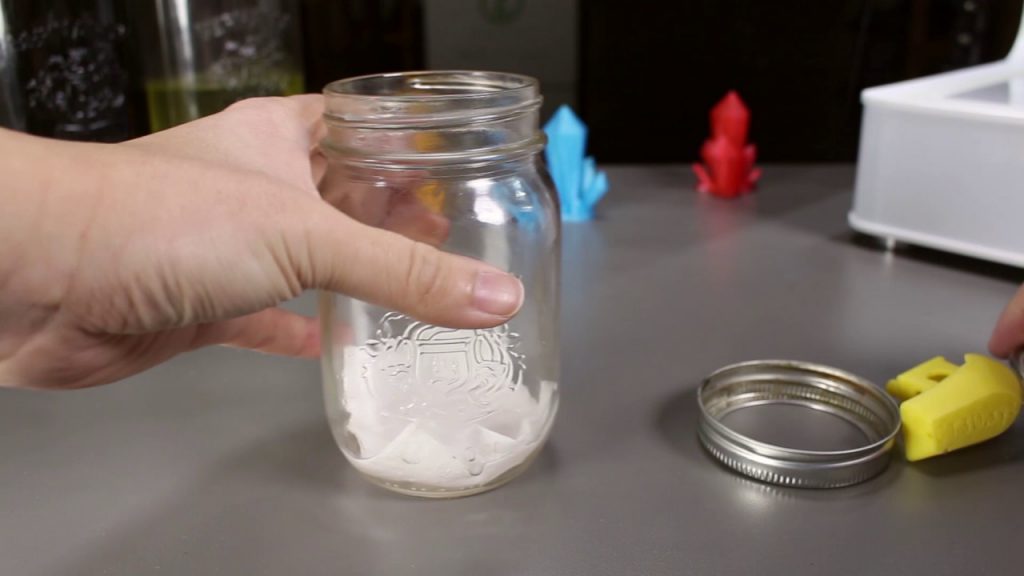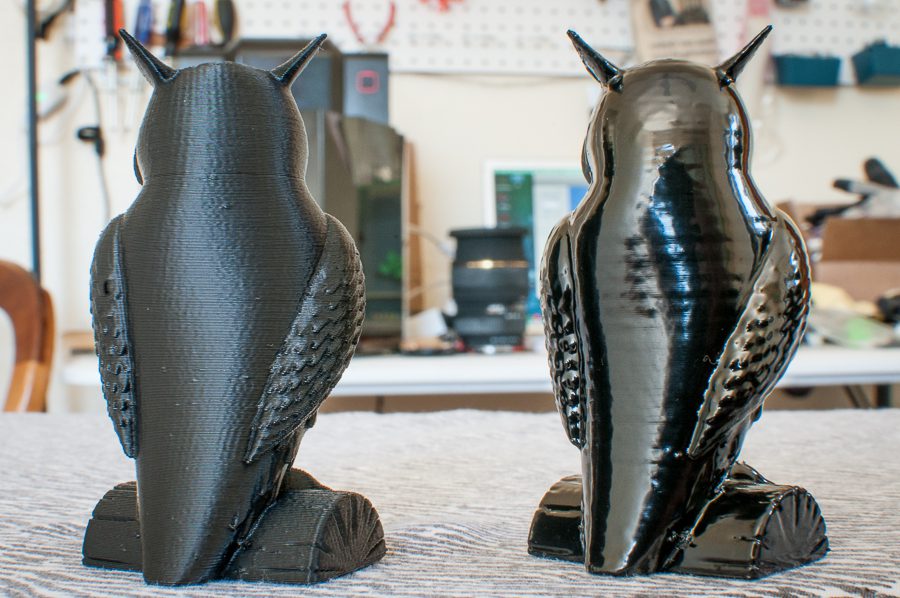Finishing your 3D prints are just as important as actually printing them out carefully. We all want the end result to be smooth and polished but the surface finish of even the nicest prints are covered in tiny ridges. This is simply due to the way the printer works, building layer by layer on top of each other.
If you’re working with ABS then you’ve probably come across the acetone vapor method or heard about. This guide is here to help you know a little more about this method and even try it out for yourself.
Smooth and shiny prints are on their way!
How it works:
Since acetone is a solvent, it reacts with ABS filament & ASA filament in the form of liquid or vapor. These filaments dissolve easily in the liquid but can also melt completely if the acetone is applied directly on to it. In some cases, it is possible to quickly dip an object into acetone liquid to get a polished surface, but this can be very messy and gives inconsistent results.
Hence it’s much more practical to use acetone vapors instead which allows you to control the process and keep things from getting too messy! As the vapors can get to all exposed surfaces equally, there are fewer areas of uneven melting.
What you will need:
You can build your very own smoothing chamber with the following:
– an acetone-proof container like a glass vase or tin
– paper towels
– acetone
– a flat, non-porous plate such as glass or metal, to raise the object being polished
Make sure your work area is a well-ventilated one that has no exposed ignition sources. Safety glasses/goggles, mask, gloves are all advisable.
The Method:
Taking a clean glass container, place a few sheets of kitchen roll along the side and bottom of the container. These will soak up the acetone and allow vapors to form within the container.
To hold the kitchen roll sheets in position, you can place a cardboard or metal support. Make sure that you arrange the kitchen roll in such a way that when it gets wet with liquid acetone it cannot fall down onto your printed objects, as that will destroy any chances of achieving an acceptable finish.
- Pour the acetone over the tissue sheets placed at the bottom of the container.
- Rotate the container to make sure it has been spread and soaked up evenly.
- Invert the container so that the bottom is now at the top. Place your object in the middle of a plate and place the inverted container over it.
- Let it sit for a bit and keep an eye on your object. The polishing process has already started!.
Here’s a cool video made by DIY Perks to help you out-
Things to remember:
– ABS from different brands will be different. If your ABS is cheap then it will dissolve unevenly and make your print look distorted so make sure you have a good quality filament.
– The acetone fumes don’t only affect the outside of your print but also penetrate into the body of your 3d printed object.
– After exposing your object to acetone vapors, you will need to air the object for a period of time depending on how dense the 3D print is. For objects with higher density, it could take up to a week or more.
– The polishing process continues even after you remove the object from the acetone chamber so be sure to remove your object when you think it’s halfway there. You can always put it back inside if you feel like it needs more smoothing, but you cannot undo the smoothing so it’s important to go slow.
– Remember that the surface of your object is soft after removing it from the acetone chamber. This makes it more prone to attract dust particles and other tiny particles, so make sure you place it a dust-free area while it hardens.
So there it is! Give this method a try and share this easy trick with your friends! Happy Printing 
Pssst! Need a cool printer to get started but can’t make up your mind? Head over to our Store
Credits: sinkhacks.com, youtube.com, paulsaulnier.com





No comments:
Post a Comment